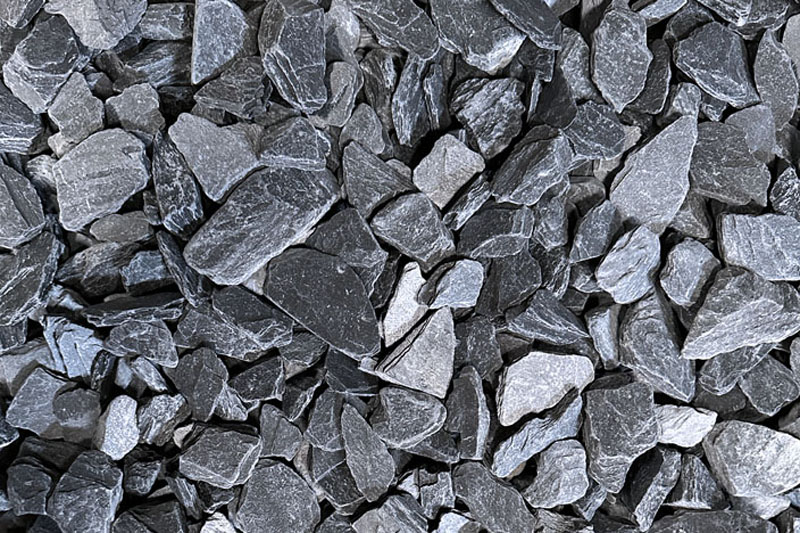Introduction
Barks are versatile and affordable materials that can be used to enhance the beauty and functionality of your outdoor space. They come in various colors, textures, and sizes, making them suitable for a wide range of landscaping purposes. In this ultimate guide, we'll explore the different types of barks available and how you can effectively use them in your landscaping project.
Types of Barks
Cedar Shredded Bark
Known for its rich, reddish-brown color and natural resistance to insects and decay, cedar shredded bark is perfect for pathways, borders, and garden beds. It can also be used to cover tree roots, preventing weed growth.
Redwood Shredded Bark (Gorilla Hair)
This bark has a reddish-brown color and a stringy texture, making it ideal for sloping areas, pathways, and flower beds. It excels at retaining moisture and suppressing weeds.
Walk On Bark
Coarse and chunky, walk-on bark is perfect for high-traffic areas such as walkways, play areas, and dog runs. It provides excellent traction and is highly durable.
Playground Fiber
This certified bark material is specifically designed for use in play areas. It is soft, springy, and certified not to splinter, making it safe for children.
How to Use Barks in Your Landscaping Project
Mulching
Mulching is one of the most common uses of barks in landscaping. By spreading a layer of bark over your garden bed or around trees, you can suppress weed growth, retain moisture, and add a decorative element to your outdoor space. Cedar and redwood shredded barks are ideal for mulching due to their natural insect and decay resistance.
Pathways
Barks can be used to create beautiful and functional pathways in your outdoor space. Walk-on bark is perfect for creating walkways, while redwood shredded bark is ideal for sloping areas and uneven terrain. You can also mix different types of barks to create a unique and textured pathway that adds character to your outdoor space.
Tree Rings
Covering tree roots with barks not only enhances the aesthetics of your outdoor space but also helps to retain moisture and prevent weed growth. Cedar shredded bark is perfect for covering tree roots due to its natural insect and decay resistance.
Play Areas
If you have children or pets, playground fiber is an excellent bark material to use in play areas. It provides a soft and springy surface that is safe for children to play on and is certified not to splinter, making it an ideal material for use in play areas.
Erosion Control
Barks can also be used for erosion control. By placing a layer of bark on slopes or in areas prone to erosion, you can help to stabilize the soil and prevent erosion. Redwood shredded bark is ideal for this purpose due to its ability to retain moisture and its stringy texture.
Tips for Using Barks in Your Landscaping Project
- Choose the right type of bark for your project, considering factors such as color, texture, and intended use.
- Prepare the area before laying down the bark by removing any weeds, rocks, or debris to ensure a smooth and even surface.
- Use a landscape fabric to prevent weed growth and help retain moisture.
- Apply a thick layer of bark to ensure adequate weed suppression and moisture retention.
- Regularly check and replenish the bark to maintain its effectiveness and appearance.
Conclusion
Barks are versatile and affordable materials that can be used to enhance the beauty and functionality of your outdoor space. With the right selection and application, barks can provide weed suppression, moisture retention, erosion control, and aesthetic appeal to your landscaping project. By following the tips outlined in this guide, you can effectively use barks to create a beautiful and functional outdoor space.
FAQs
Are barks safe for pets and children? Yes, barks are generally safe for pets and children. However, it's important to use certified bark materials, such as playground fiber, in play areas to ensure safety.
How thick should the layer of bark be? The layer of bark should be at least 2-3 inches thick to ensure adequate weed suppression and moisture retention.
Can barks be used for erosion control? Yes, barks can be used for erosion control. Redwood shredded bark is particularly effective due to its ability to retain moisture and stabilize soil.
How often should barks be replenished? Barks should be replenished every 1-2 years to maintain their effectiveness and appearance.
Can different types of barks be mixed together? Yes, different types of barks can be mixed together to create a unique and textured look in your outdoor space. However, it's important to consider factors such as color and texture when mixing barks.




